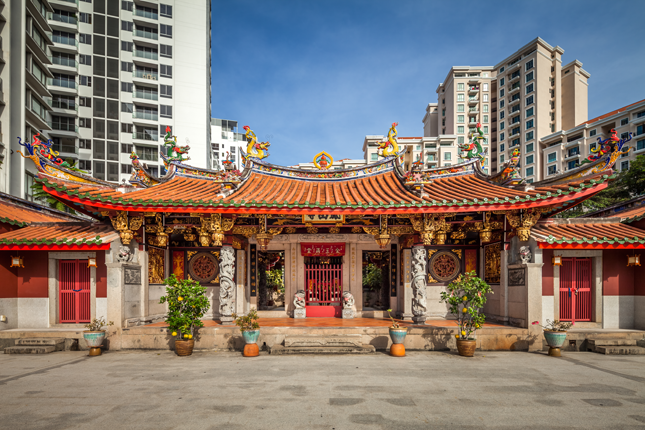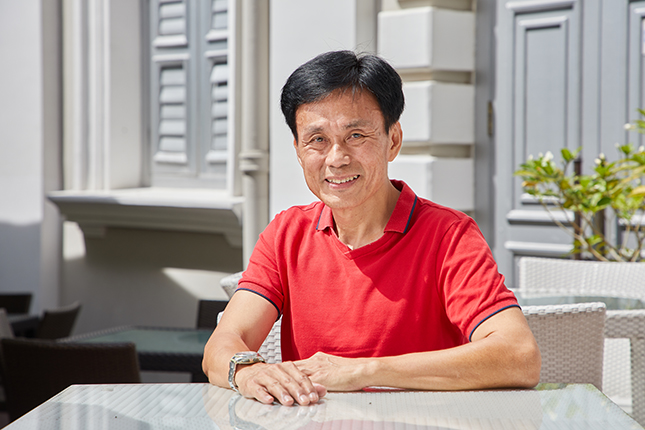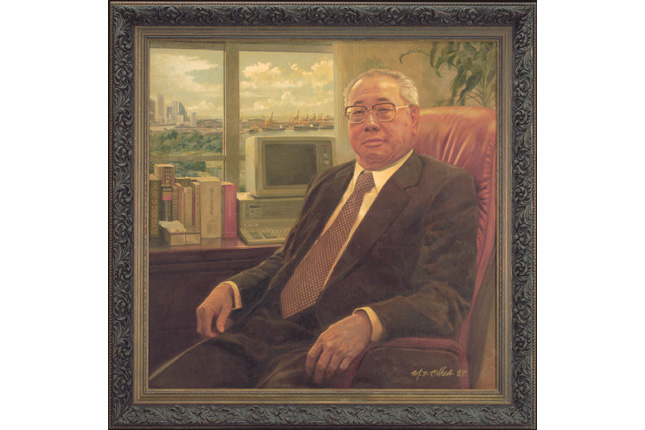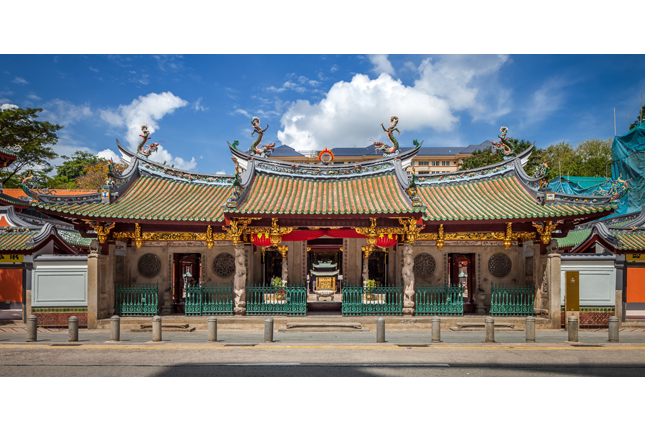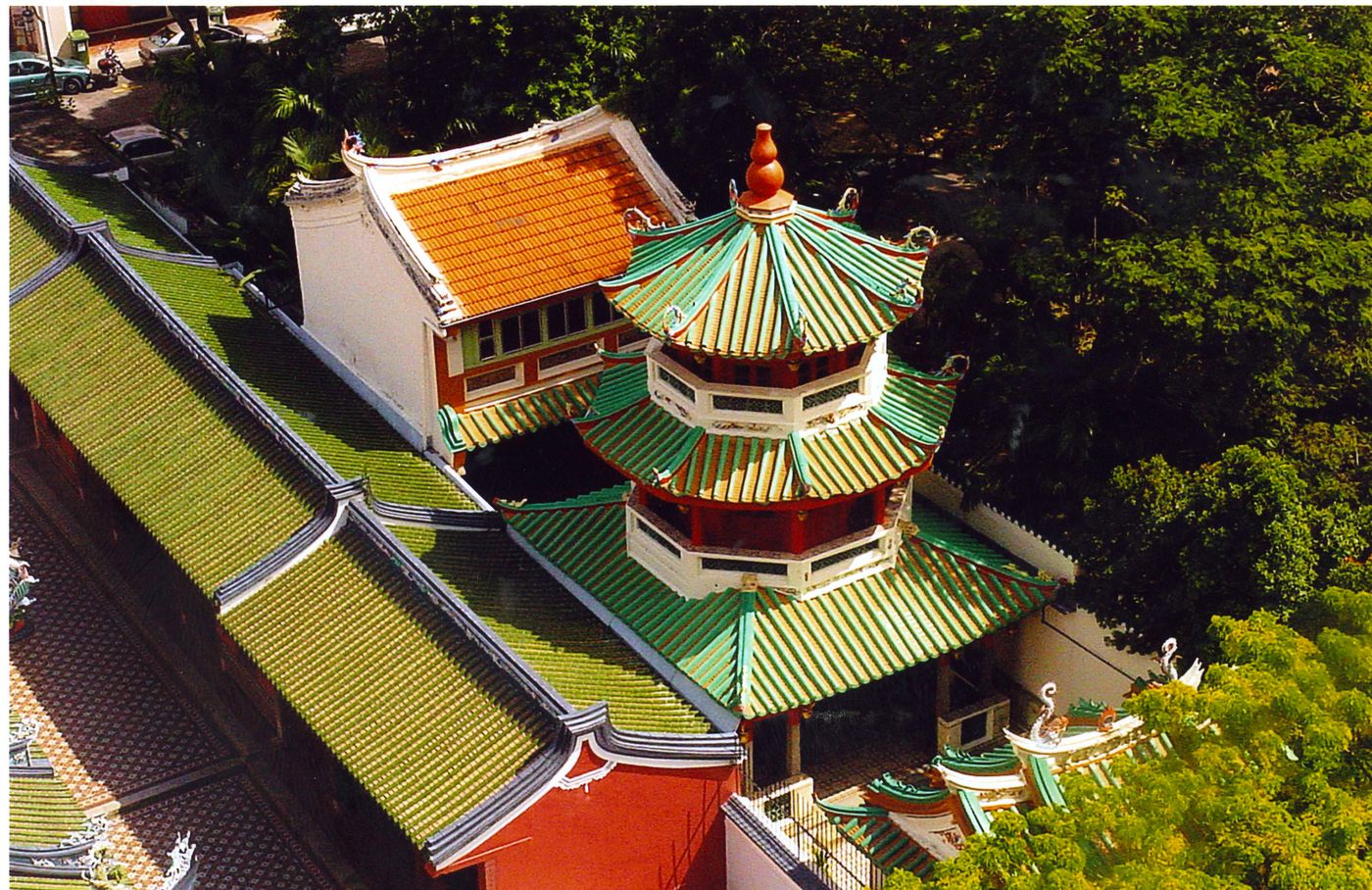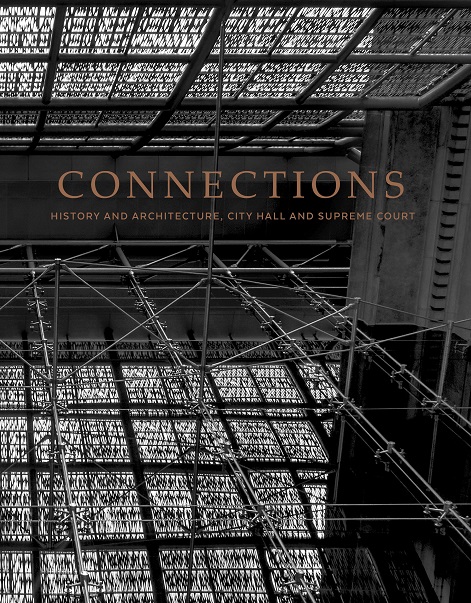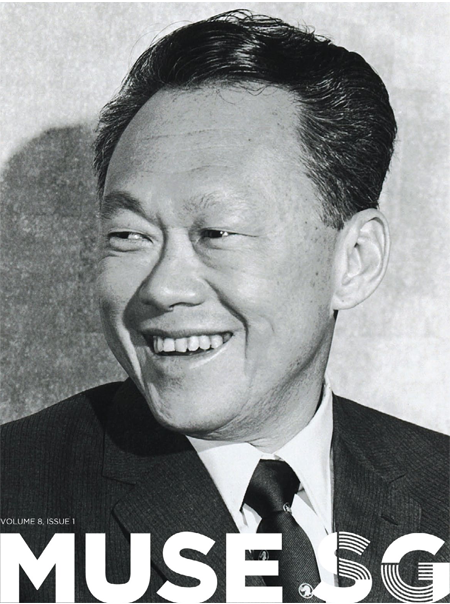Hong San See (凤山寺, ‘Temple on Phoenix Hill’), perched on the side of Institution Hill off Mohamed Sultan Road, was established by Hokkien immigrants from Nan’an (南安, or Lam Ann) County in Fujian Province, China. It exemplifies the spirit of solidarity and organisation of the early Hokkien community in Singapore and bears testimony to their contributions.
Temple for Immigrants from Nan’An
Led by Neo Lim Kwee (梁壬癸), a group of Hokkien pioneers from Nan’an established and constructed the original Hong San See on Tras Street in Tanjong Pagar in 1836. Neo was the father of Neo Chan Guan (梁赞元), a founding member of Keng Teck Whay. Hong San See, which shares the same name as its parent temple in Nan’an, also served as a social centre for early immigrants from Nan’an to mingle and seek help.
In 1907, the colonial government evicted the temple from Tras Street and acquired its land, offering its trustees 50,000 Straits dollars in compensation. The trustees then obtained a new site on Mohamed Sultan Road and constructed the present Hong San See between 1908 and 1913. Lim Loh (林路), also known as Lim Chee Gee (林志义) and Lim Hoon Leong (林云龙), was appointed to design and supervise the construction project. His son Lim Bo Seng (林谋盛) was recognised as Singapore’s war hero during the Second World War; a memorial was erected in his honour.
Deities Worshipped
The chief deity worshipped in the temple is Guang Ze Zun Wang (广泽尊王). According to later records, his lay name was Guo Zhongfu (郭忠福) or Guo Hongfu (郭洪福), born during the Later Tang Dynasty (923-937). Though his birthplace of Xiaoxichang (小溪场) was part of Anxi County since 955, it was under the administration of Nan’an County in his lifetime; he remains most closely associated with Nan’an County and the temple erected in honour of him and his descendants (Feng Shan Si, after which Singapore’s Hong San See is named) is located there.
Other deities enshrined in the temple include Cheng Huang (城隍, ‘Town Deity’), Xuan Tian Shang Di (玄天上帝, ‘Heavenly Emperor’), and Guan Yin (观音, commonly known as the Goddess of Mercy).
Architecture and Furnishings
Hong San See is designed in the traditional Hokkien architectural style. The style’s most outstanding features include the curved ridges on the roofs with prominent upturned ‘swallow-tail’ end sweeps. The roofs are also richly decorated with various carvings and sculptures, such as dancing dragon figures symbolising justice, power, and prosperity. These decorations were made with a special technique called jian nian (剪粘, ‘cut and paste’), whereby colourful ceramics were carefully cut and trimmed into smaller fragments, before being pieced together to form colourful mosaic figures. Similar works of art can be found in other Chinese temples in Singapore, including Thian Hock Keng, Yueh Hai Ching Temple, Tan Si Chong Su, and Lian Shan Shuang Lin Monastery.
The embellishments on the left and right sides of the temple halls are curiously different. For example, the lanterns hanging from the beams on one side are decorated with chrysanthemum flowers carved onto their bases, while those on the other side have lotus motifs. It is believed that two groups of artisans worked on the temple simultaneously. Due to stiff competition in the construction industry at that time, each team did their best to outdo the other.
Lim Loh’s name can also be found inscribed on one of the granite pillars. The calligraphic verses of Pan Shou, a well known local calligraphist, are displayed prominently on the pillars in the main prayer hall.
In the past, the temple housed a school within its compound. Nan Ming School (南明学校), founded in 1915, operated in the side halls and catered mainly to the children from nearby villages, such as Bukit Ho Swee. However, due to financial difficulties, the school closed down just ten years later, in 1925.
Hong San See Today
The Singapore Lam Ann Association assumed management of the temple in 1973. Since then, Hong San See has embarked on a series of renovation works. A major restoration between 2006 and 2009 won the temple the Award of Excellence in the UNESCO Asia-Pacific Heritage Awards for Cultural Heritage Conservation in 2010, making it the first Chinese temple in Singapore to receive the prestigious accolade.
Our National Monuments
Our National Monuments are an integral part of Singapore’s built heritage, which the National Heritage Board (NHB) preserves and promotes for posterity. They are monuments and sites that are accorded the highest level of protection in Singapore.




